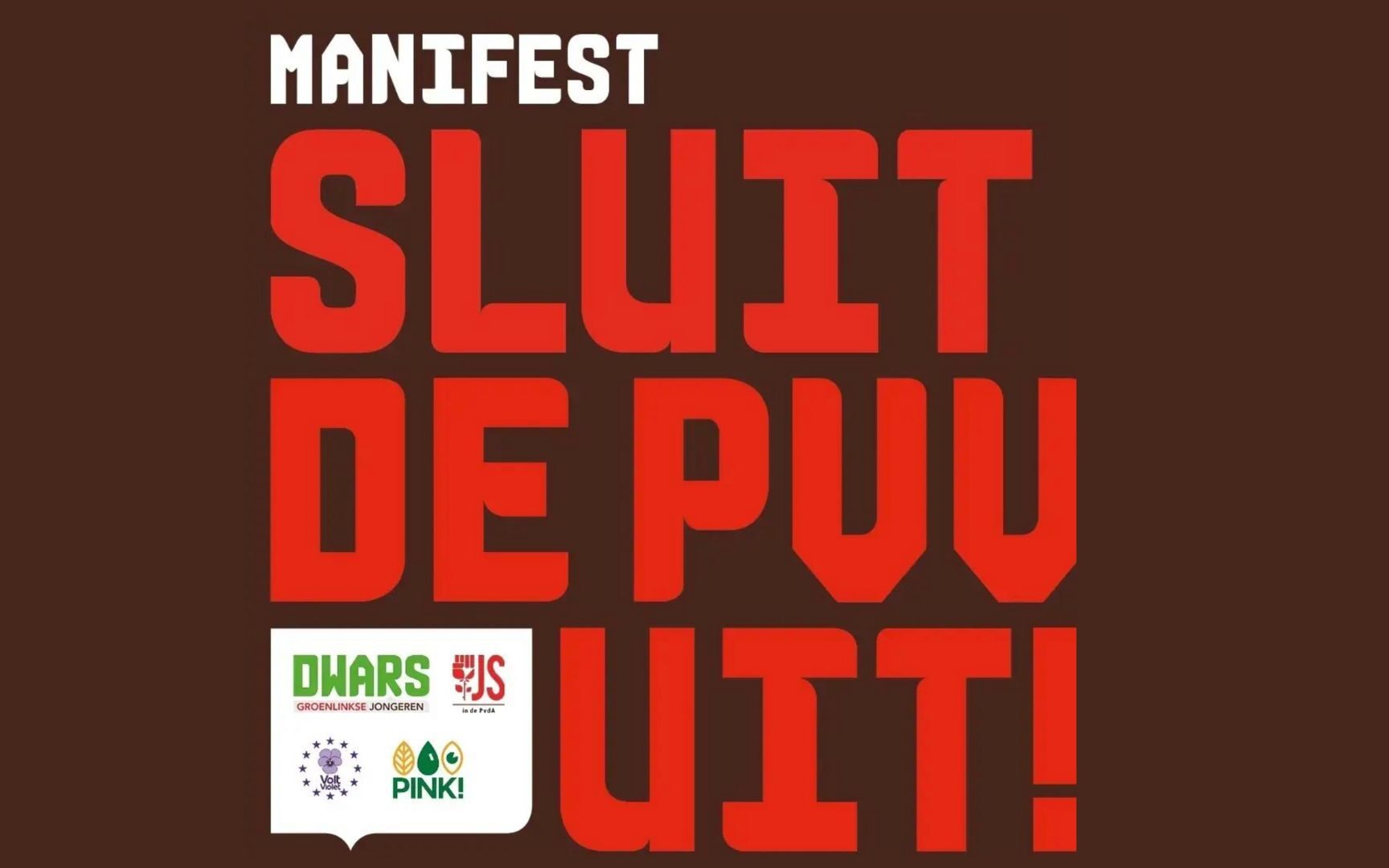Code Red for the youth mental health sector
13 February 2024Together with PerspectieF, SGPJongeren, JSC, JS, PINK! and CDJA, DWARS calls politicians to action: it is code red for youth mental health care. Below is a letter with concrete proposals we, as PJOs, are making to make youth care accessible to all young people. Action is needed now!
Code red for youth mental health services
Every professional working in care knows the signalling and safety plan. When the youth enters 'code red', there is a crisis and immediate intervention is required. Right now, youth mental health is also code red. That is what we think: the collaborating political youth organisations and co-signatories of this letter. When access to youth mental health care is not in order, life-threatening situations arise. Literally, suicide is the biggest cause of death among young people. The current state of youth mental health can be compared to a young person in distress; where in earlier stages the crisis could still be averted to some extent with distraction, the state of mind of youth mental health patients has now deteriorated so much that they need to be seen by professionals immediately. Help is needed; it is crisis.
Budget debate
On 29 January was the VWS Youth budget debate, moved to the current year due to the elections. Again, it was discussed that many young people are not doing well. A quarter of young people experience mental problems and these problems are increasing in severity. Meanwhile, three in 10 young people report feeling depressed. Due to the deteriorating mental health of young people, the demand for youth mental health services is increasing, while there is insufficient supply. As a result, access to youth mental health services is coming under pressure.
Budget caps
Many organisations want to treat, but are held back by the budget ceiling; the agreements with the municipality for how much budget they can treat that year. In the youth mental health sector, we mainly see small organisations struggling with this, because they receive budgets based on the previous year. Not infrequently, this leads to a treatment freeze after a few months in the new year, only to further expand the waiting list. The question is whether we want to be this society where we are tempted to let young people come to crisis. When there is a crisis, quick action is taken, but when someone wants regular treatment, it is not, he gets put on the waiting list. After all, there are treatment methods for acute youth mental health, but not for regular treatment.
Waiting lists
Waiting lists of six months are the rule rather than the exception. The more complex the request for help, the longer the waiting time for help. Unfortunately, the Treek standard that should regulate these waiting times is often not met. Long waiting times increase hopelessness and helplessness among young people, the future perspective disappears. Unfortunately, in practice this means that a growing number of young people end up in the crisis service, something that could have been prevented if they had received proper care in time.
The toughest problems most often fall behind the net
In life, we all learn how setbacks are part of life and see how resilient children are. No one doubts that coping with difficulties and emotion regulation are parts of parenting. But there are children where life is exceptionally difficult, children who experience unnecessarily many profound childhood experiences. For these children, a caring society is not enough. They need (specialised) help. And it is precisely these children we let down, the ones who need care the most. No person wants to be treated by a social worker who is himself in crisis, yet we do allow treatment for children in the youth mental health system who are equally in crisis. It has taken two years for the secretary of state to indicate that the cuts in youth care are not justified. But, lives are being disrupted and the code red does not yet seem to be sufficiently felt in The Hague and the question is what will it take to get this through? We must be a voice for the most needy young people who cannot do this themselves.
Municipalities
With this vote, we call on the government to allocate more money for youth aid. Municipalities should be in a position to both help young people. This is only possible if municipalities get more budget from the government for youth aid. Municipalities now receive too little budget to pay for all youth aid requests. The government should systematically allocate more money for the mental health of young people. Proposed cuts should therefore be taken off the table and reviewed as soon as possible, as this does not fit with a mentally healthy future.
But it is a twofold problem. At the moment, municipalities get money where it is free how they spend it and to which youth aid organisations they budget. It would be appropriate if it could be more defined what proportion should go to youth aid contracts and a fixed proportion of this budget should be spent on (high-)clinical care. This will promote the flow to specialised care, thus not hindering inflow. The Treek standard will be met this way, but it may be more tightly enforced. It is there for a reason and it is not for the good that it is systematically exceeded. Everyone is aware that more money will not solve all problems. However, it is a nice start to reducing the workload, but more is needed.
Equally, society also has a role to play. Where care has to be deployed, society can also look after each other more. For instance, support figures for young people are very important. Every child should have at least one reliable adult to turn to. This requires society to consider for which child you can fulfil this role. The time of looking away is over, action is needed now.


